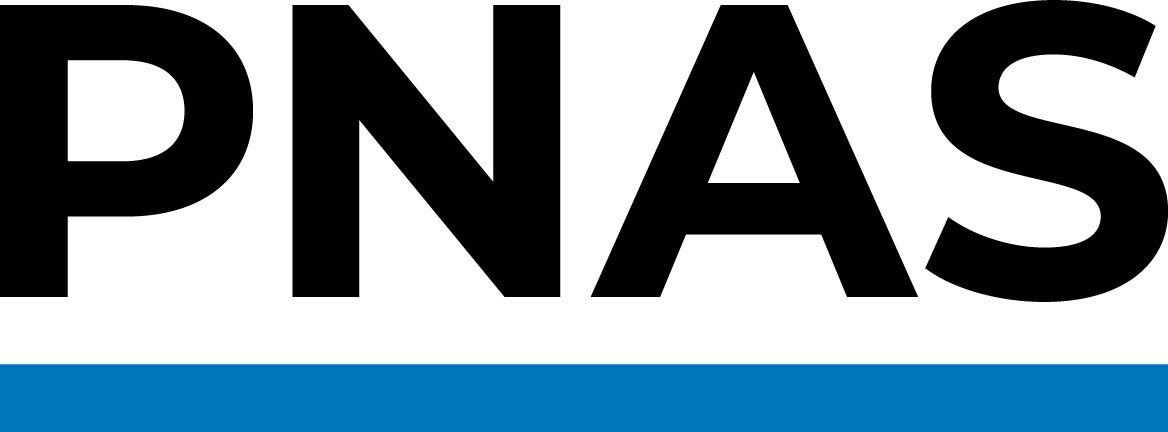Stories
- Quantum science and crystal structure: a hundred year revolution.
Article

- Methanol–ethanol mixtures as pressure-transmitting mediums
Article

- Are teachers ready to work with parents? Findings from a national survey in England
Article
- Supporting part time doctoral students
Article

- Why we react (positively or negatively) to what others say or do
Article

- The set-up of seeded molecular dynamics simulations can influence the results
Article

- How to Make AI Models in Digital Pathology Perform More Reliably Across Different Sources
Article

- Over 25 Years of Reinforcement Learning in Quantitative Finance: From Q-Learning to Deep RL
Article

- Public–Private Divide in a Dual-Track Higher Education System. The case of Romania
Article

- How does altering social networks affect public opinion?
Article

- Ti additions induce complex, multiphase behaviour in the VNbMoTaW and NbMoTaW high-entropy alloys
Article

- Understanding Mothers' Ambivalent Feelings and Supporting Emotional Well-being
Article

- A high affinity phosphatase facilitates occupation of P-deplete oceanic regions
Article

- Re-examining the case for considering L10 FeNi (Tetrataenite) as a 'Hard' Permanent Magnet
Article

- Fairness is not enough in climate change negotiations
Article

- New Database Algorithm to Preserve Computing Resources
Article

- Consider individual farmers when modelling livestock disease outbreak control measures
Article

- Controlling competing nucleation by tuning relative mobility in a simple dimer lattice-gas model
Article

- Modelling mycobacterial membranes to tackle TB
Article

- Modelling the dynamic effects of electron diffraction using super computers
Article

- The journey not the destination: Liminality and lifelong learning
Article

- Children's attention for objects in motion
Article

- Humorous sublimation of a dying Cuban writer
Article

- SPIN’s flagship project is the Encyclopedia of Romantic Nationalism in Europe (ERNiE)
Article
- Humidity influencing on Interparticle Adhesion
Article

- Explanation of an unusually high selectivity in synthesis of metal-ligand complexes
Article

- Threshold concepts and medical education
Article

- Developing new guidelines for using mindfulness with people with Neurological Impairment
Article

- Priors learned across categories explain how "separable" dimensions affect human category learning
Article

- Schizotypy and Religiosity: The Magic of Prayer
Article

- A GCN-based sarcasm detection model with syntactic information and external knowledge.
Article

- Approximate Query Processing Using Machine Learning
Article

- What if science and religion cannot contradict each other?
Article

- Nano-biomechanical testing for dermal ageing
Article

- Capillary adhesion between hydrogel particles
Article

- What to do next?? How the brain deals with conflicting instructions
Article

- Single Molecule Microscopy and Properties of Olympicene: Olympic Rings at the molecular level
Article

- Critical Race Theory in England
Article
- Want to fight drug resistance? Awareness campaigns may be counterproductive.
Article

- Urban Oligarchy in English Small Towns, 1350-1600
Article
- Large-scale survey in Thailand and Laos studied villagers' antibiotic knowledge and use
Article

- Le Discours historique de l’estat du royaume de Borno
Article
- Is it better to spend more to support fewer firms or spend very little to support more firms?
Article

- Tension Structures. Form and behviour
Article
- Laser–plasma instabilities driven by 1 ω0 pulses at shock ignition conditions
Article

- The positioning of parental engagement within England's current educational policy landscape
Article

- Matching magnetic fields across a current sheet
Article

- Babies can come up with their own gestures to represent objects when talking to their caregivers
Article
